Bioscience
Taking the lead toward witchweed control
A compound that binds to and inhibits a crucial receptor protein offers a new route for controlling a parasitic plant.

The first specific inhibitor for an uncontrollable plant pest, the witchweed Striga hermonthica, has been discovered through collaboration between two groups at KAUST, led by plant biochemist Salim Al-Babili and structural biologist Stefan Arold.
Witchweed is a parasitic plant that attaches to the roots of cereal plants, stealing their water and nutrients. It affects more than 60 percent of farmland in sub-Saharan Africa, and is spreading across other areas, including Asia, Southeast Europe and Saudi Arabia. Commercial losses for sub-Saharan Africa alone exceed 7 billion US dollars.
Striga and related species have become one of the most serious threats to global food security,” says Imran Haider, from KAUST. The magnitude of its destruction led the Bill & Melinda Gates foundation to award substantial funding to Al-Babili who teamed up with other researchers in the biological sciences and those from the Computational Bioscience Research Center and Core Labs units.
“The breakthrough was fortuitous,” says postdoc Umar Hameed, whose team is studying the molecular structure of a cell membrane receptor protein involved in the germination of Striga seeds. This protein, ShHTL7, must bind to natural plant compounds called strigolactones during seed germination. While working to determine the structure of ShHTL7, the researchers used the molecule Triton X-100 to assist preparation of samples of the protein.
KAUST researchers fortuitously identified a strategy to protect crop plants from parasitic witchweed.
© 2018 KAUST
“We noticed that our ShHTL7 molecules always had Triton X-100 bound to them,” says Hameed. The next crucial discovery was that this binding of Triton X-100 molecules inhibits the germination of the Striga seeds, acting as an antagonist by preventing the natural strigolactones from binding.
“We soon realized that we had stumbled upon the first lead compound that could inhibit Striga seed germination without also affecting the host plant infected with Striga,” says Haider. A lead compound demonstrates useful biological activity that can be refined by developing structurally similar, but more effective, compounds.
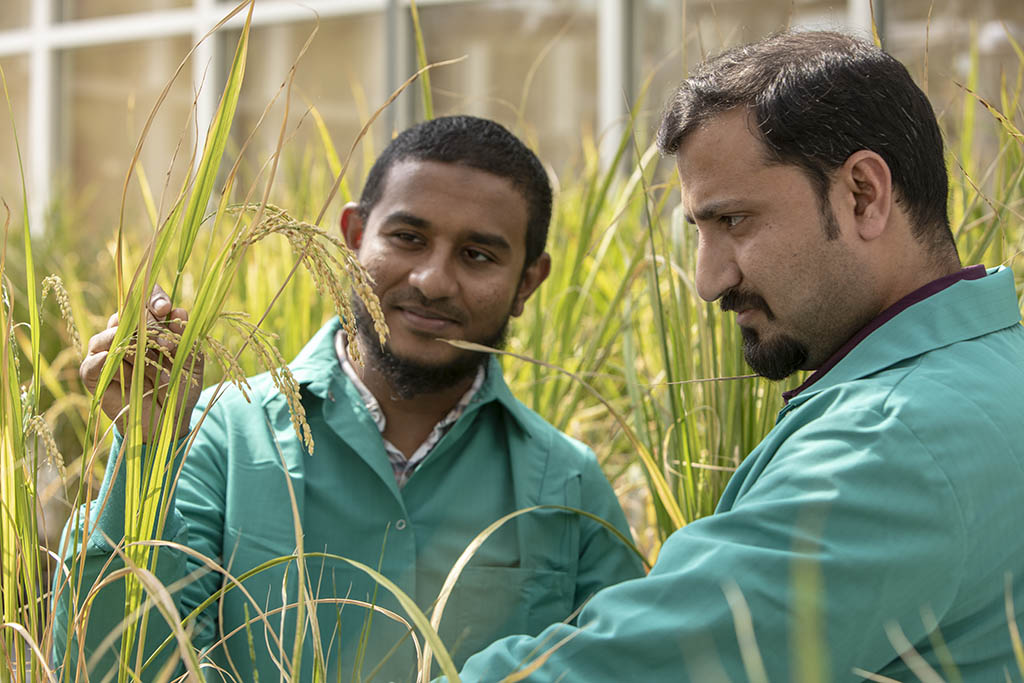
Umar Hameed (left) and Imran Haider in the KAUST Greenhouse.
© 2018 KAUST
Hameed and Haider, together with Salim Al-Babili and Stefan Arold, are using their results as a stepping stone to develop more potent inhibitors that will bind more tightly and permanently to the site that Triton X-100 has identified.
The researchers believe that this success is a great demonstration of the power of structural analysis of proteins in identifying compounds that can selectively bind to proteins to inhibit their activities. They hope this approach can be applied more widely.
Another target on their radar is the Orobanche (broom-rape) parasite that infests commercially significant crops, such as tomato and sunflower, in the northern hemisphere.
References
-
Hameed, U.S., Haider, I., Jamil, M., Kountche, B.A., Guo, X., Zarban, R.A., Kim, D., Al-Babili, S., & Arold, S.T. Structural basis for specific inhibition of the highly sensitive ShHTL7 receptor. EMBO Reports 19, e45619 (2018).| article
You might also like
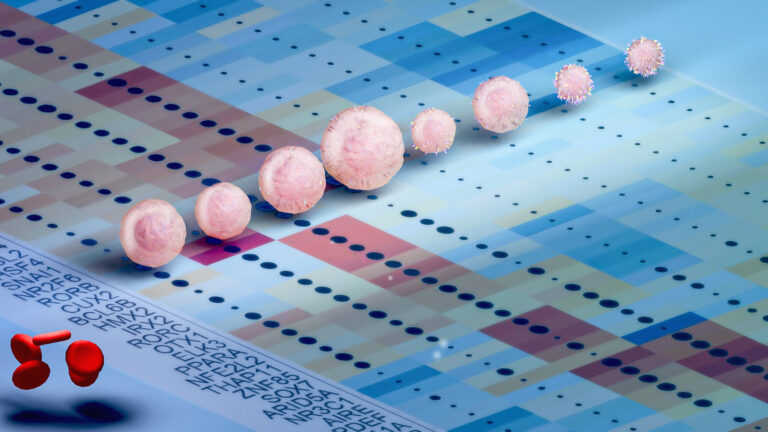
Bioscience
Cell atlas offers clues to how childhood leukemia takes hold
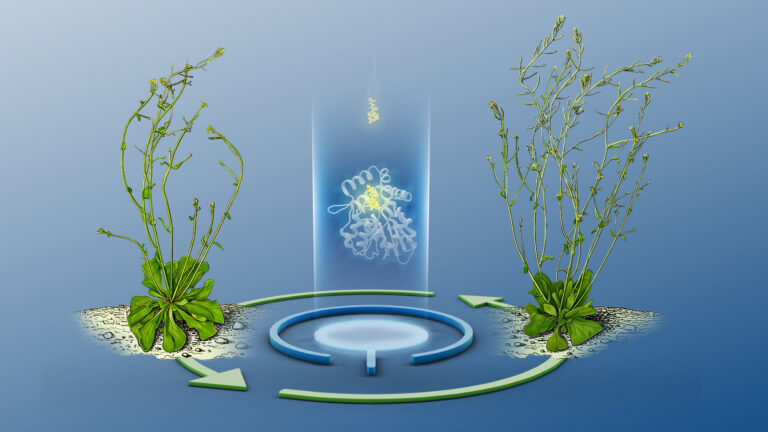
Bioscience
Hidden flexibility in plant communication revealed
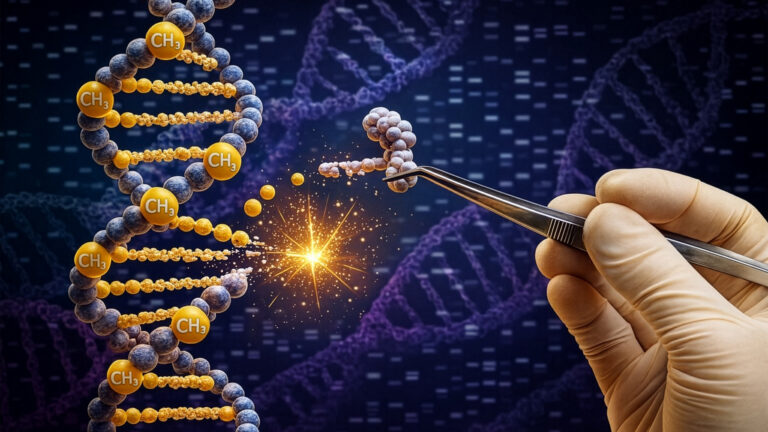
Bioscience
Harnessing the unintended epigenetic side effects of genome editing
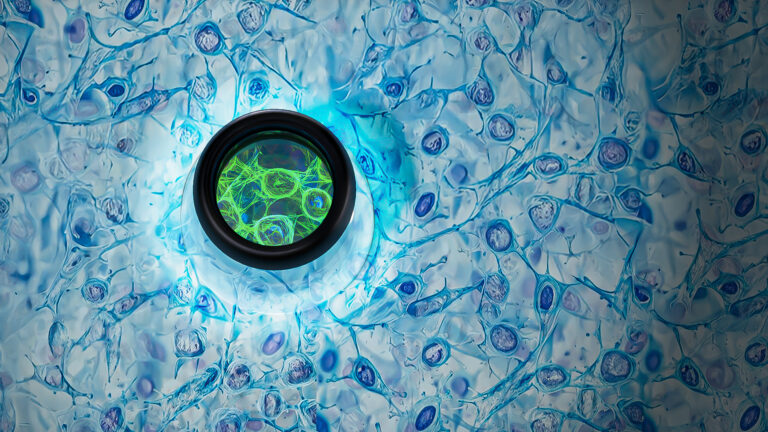
Bioscience
Mica enables simpler, sharper, and deeper single-particle tracking
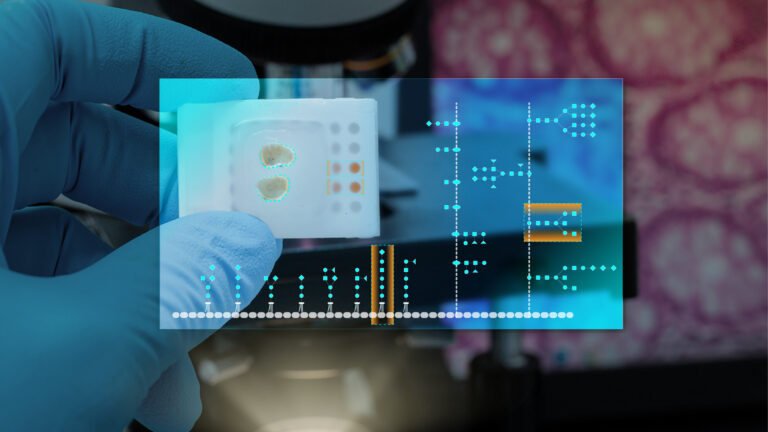
Bioengineering
Cancer’s hidden sugar code opens diagnostic opportunities

Bioscience
AI speeds up human embryo model research
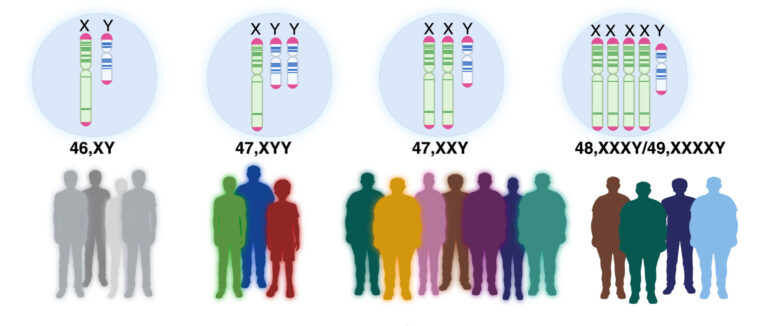
Bioscience
Sex chromosome overload sparks to a common developmental faultline

Bioscience




